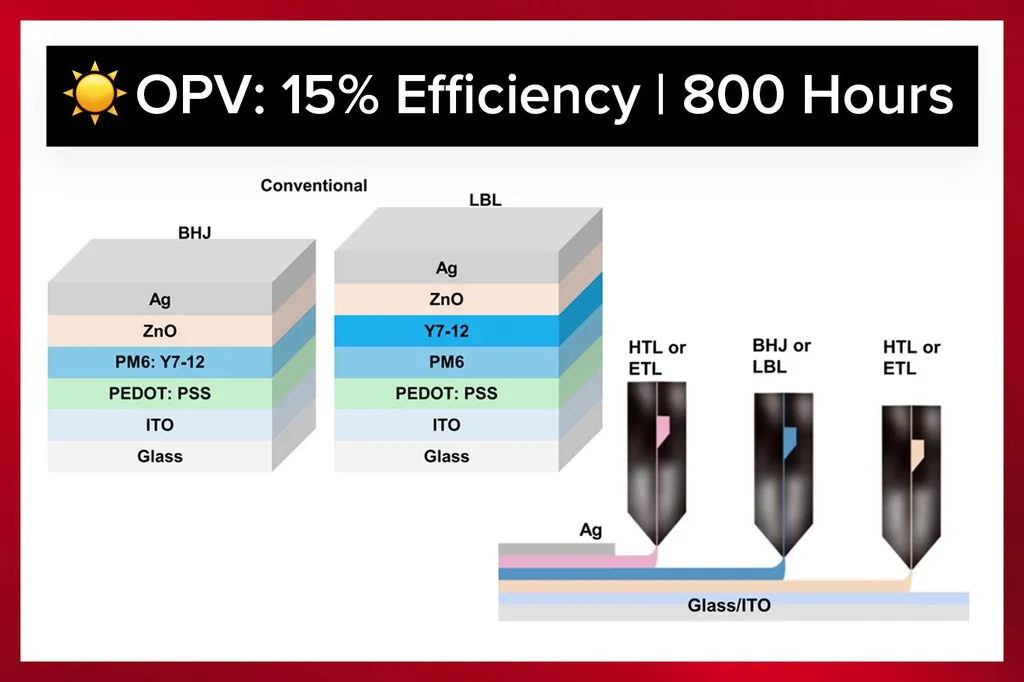In a significant stride towards enhancing quantum dot light-emitting diode (QLED) technology, a team of researchers from the University of Washington, Georgia Institute of Technology, and Pacific Northwest National Laboratory has demonstrated a novel approach to optimize the morphology and thickness of quantum dot (QD) layers. This advancement could pave the way for more efficient, cost-effective, and scalable production of QLEDs, which are promising candidates for next-generation displays.
The research, led by Yiman Xu and David S. Ginger from the University of Washington, alongside collaborators from Georgia Tech and PNNL, focuses on addressing the challenges posed by large-scale solution-processing of electroluminescent QLEDs. The study, published in the journal Advanced Materials, highlights the importance of precise control over the active layer’s thickness and uniformity to improve charge transport and overall efficiency.
The researchers employed blade-coating, a scalable and efficient solution processing technique, to create a uniform QD emission layer. By adjusting the blade speed within the Landau-Levich regime, they were able to modify the QD film thickness from monolayer to multilayer. This adjustment was predicted using the Landau-Levich-Derjaguin theory, which describes the relationship between coating speed, liquid viscosity, and film thickness.
The optimal blade speed of 7 mm/s resulted in a QD film with a surface coverage of around 163% and low roughness, measured at 1.57 nm mean square height. This optimization led to an external quantum efficiency (EQE) of approximately 1.5% using commercially available CdSe/ZnS QDs with low photoluminescence quantum yield (PLQY). Furthermore, an EQE of around 7% was achieved using lab-made InP/ZnSe/ZnS QDs with a solution PLQY of 74%.
The researchers also demonstrated all-blade-coated CdSe-QLEDs by adopting the optimized speed for the QD layer. This method shows significant potential for developing low-cost, reproducible, and scalable QLED technologies with uniform emission characteristics and minimal waste.
The practical applications of this research for the energy sector are substantial. QLEDs are not only crucial for next-generation displays but also hold promise for solid-state lighting, which is a key area of focus for energy efficiency. By improving the efficiency and scalability of QLED production, this research could contribute to more energy-efficient lighting solutions, reducing overall energy consumption and costs.
In summary, the study by Xu, Ginger, and their colleagues presents a significant advancement in the optimization of QD layer morphology and thickness for enhanced QLED performance. Their findings offer a scalable and efficient method for producing high-quality QLEDs, with potential applications in both display technology and energy-efficient lighting.
This article is based on research available at arXiv.

